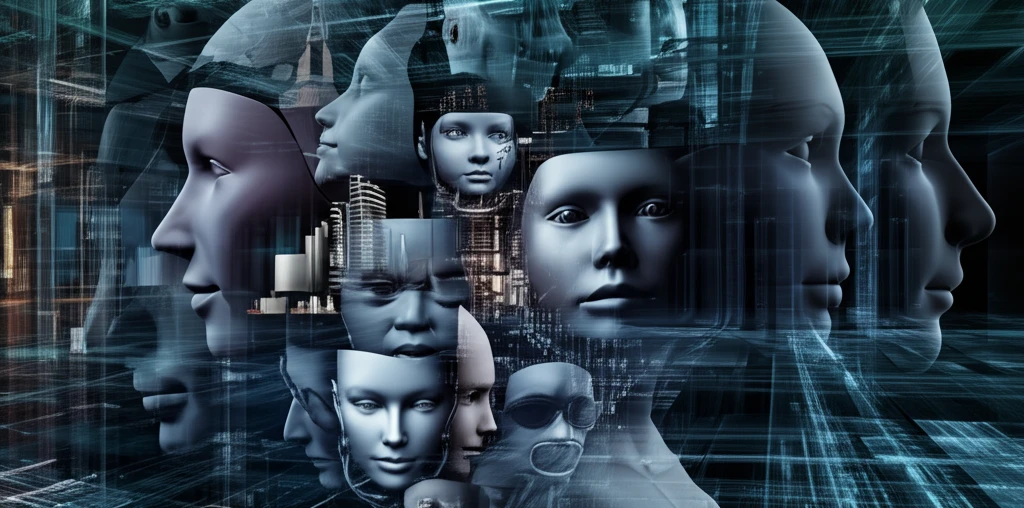
Unlock Your Digital Identity: A Beginner's Guide to Face Recognition Technology
"Explore how Horizontal Vertical Diagonal Local Pattern (HVDLP) based face recognition enhances security and streamlines access in the digital age."
In an increasingly digital world, face recognition technology is rapidly becoming a key component of how we interact with devices, secure our spaces, and even identify ourselves. From unlocking your smartphone to enhancing security at airports, facial recognition offers a blend of convenience and safety that's hard to ignore.
At its core, face recognition is a biometric technique that identifies individuals by analyzing the unique patterns of their facial features. This technology has evolved significantly over the years, with advancements in algorithms and computing power making it more accurate and reliable than ever before. One such advancement is the Horizontal Vertical Diagonal Local Pattern (HVDLP), a method designed to improve the efficiency and accuracy of face recognition systems.
This article aims to demystify face recognition technology, focusing on the innovative HVDLP method and its impact on the field. We'll explore how this technology works, its applications, and why it matters in our everyday lives.
The Science Behind HVDLP Face Recognition

Traditional face recognition systems often rely on analyzing basic facial features, such as the distance between eyes, the shape of the nose, and the contour of the jawline. While these methods can be effective, they may struggle with variations in lighting, pose, and expression. HVDLP, however, takes a different approach by analyzing facial patterns in multiple directions.
- Pre-processing: Face images are standardized in size and converted to grayscale to ensure consistency.
- Discrete Wavelet Transform (DWT): DWT is applied to decompose the image into different frequency bands, focusing on the LL (Low-Low) band, which contains essential facial information.
- HVDLP Application: The HVDLP method is applied to sub-matrices of the LL band, capturing local patterns in horizontal, vertical, and diagonal directions.
- Local Binary Pattern (LBP): LBP is used on the HVDLP-transformed data to further refine the feature extraction process.
The Future of Face Recognition
As technology continues to evolve, face recognition is poised to play an even greater role in our lives. From enhancing security systems to personalizing user experiences, the possibilities are endless. Methods like HVDLP will continue to drive advancements in accuracy and efficiency, making face recognition a reliable and seamless part of our daily routines. The ongoing development promises a future where digital interactions are both secure and effortlessly convenient.
